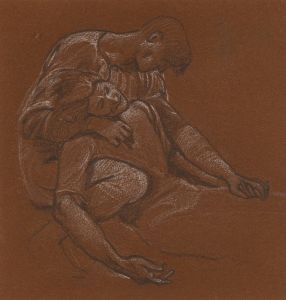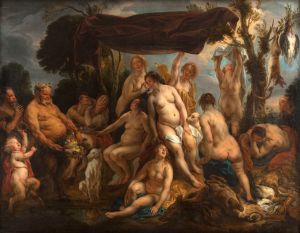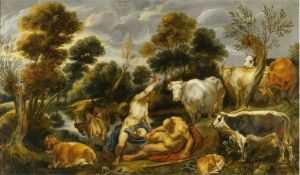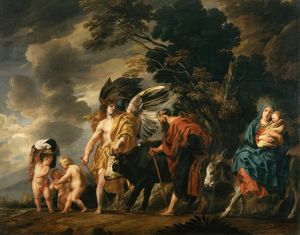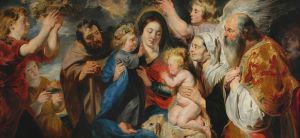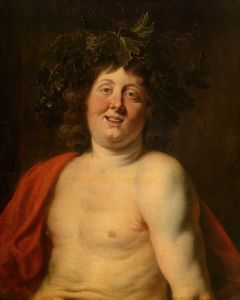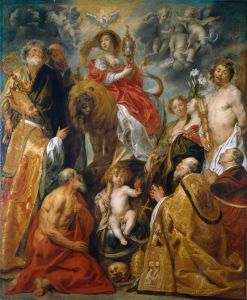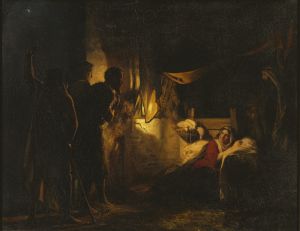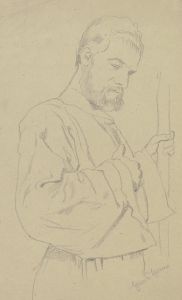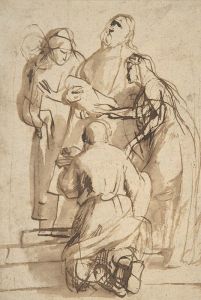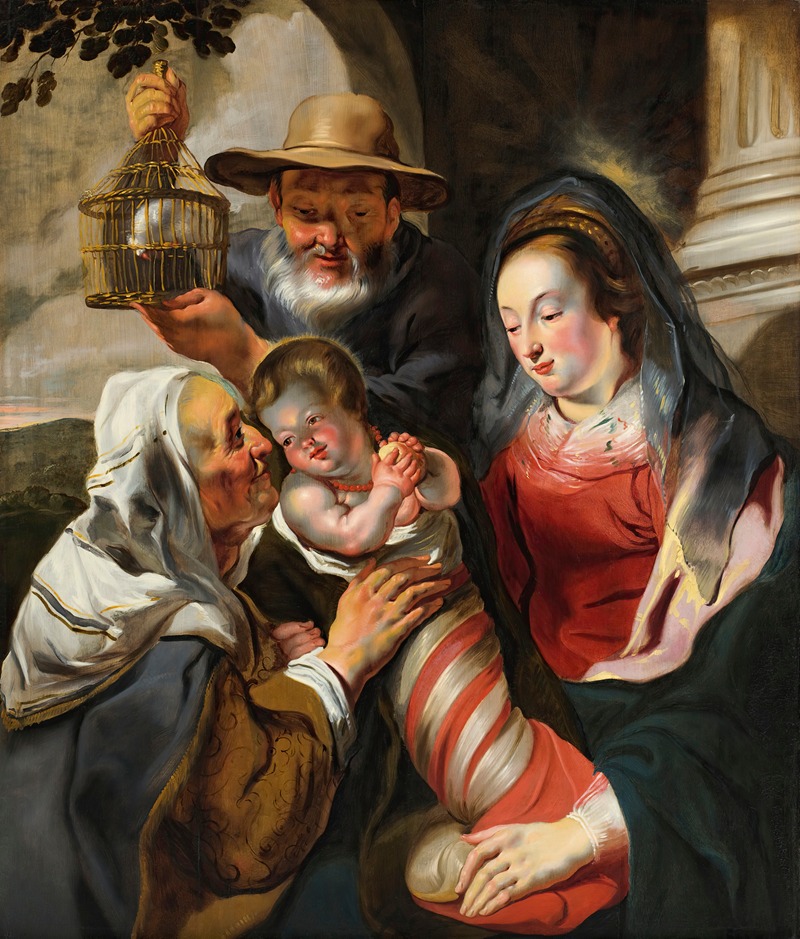
Holy Family with St. Anne
A hand-painted replica of Jacob Jordaens’s masterpiece Holy Family with St. Anne, meticulously crafted by professional artists to capture the true essence of the original. Each piece is created with museum-quality canvas and rare mineral pigments, carefully painted by experienced artists with delicate brushstrokes and rich, layered colors to perfectly recreate the texture of the original artwork. Unlike machine-printed reproductions, this hand-painted version brings the painting to life, infused with the artist’s emotions and skill in every stroke. Whether for personal collection or home decoration, it instantly elevates the artistic atmosphere of any space.
Jacob Jordaens, a prominent Flemish Baroque painter, created the artwork "Holy Family with St. Anne." Jordaens, born in 1593 in Antwerp, was a leading figure in the Baroque movement, known for his vibrant use of color and dynamic compositions. Although he never traveled to Italy, Jordaens was heavily influenced by the works of Caravaggio and the Italian Baroque, as well as by his contemporaries Peter Paul Rubens and Anthony van Dyck.
The painting "Holy Family with St. Anne" depicts a common religious theme of the time, focusing on the Holy Family, which includes the Virgin Mary, the Christ Child, and St. Joseph, along with St. Anne, who is traditionally considered the mother of Mary. This subject was popular in Christian art as it emphasized the humanity and familial aspects of Jesus, making the divine more relatable to the faithful.
Jordaens' interpretation of this theme is characterized by his typical robust figures and warm, earthy palette. The composition likely includes a tender interaction between the figures, a hallmark of Jordaens' ability to convey emotion and narrative through facial expressions and gestures. His use of light and shadow would have been employed to highlight the central figures, drawing the viewer's attention to the intimate scene.
Jordaens was known for his ability to infuse his religious scenes with a sense of realism and vitality. Unlike some of his contemporaries, who idealized their subjects, Jordaens often depicted them with a more naturalistic approach, emphasizing their humanity. This approach made his religious paintings particularly resonant with viewers, as they could see themselves reflected in the faces and actions of the holy figures.
The painting would have been created during a time when religious art was in high demand in the Catholic regions of Europe, particularly in Flanders, where Jordaens spent most of his life. The Counter-Reformation had spurred a renewed interest in religious themes, and artists like Jordaens were commissioned to create works that would inspire faith and devotion.
Jordaens' "Holy Family with St. Anne" would have been intended for a church or a private patron, serving both as a devotional image and a testament to the artist's skill. The work reflects the Baroque era's emphasis on movement, emotion, and the dramatic interplay of light and shadow, all of which are evident in Jordaens' handling of the subject matter.
While Jordaens is often overshadowed by Rubens, his contributions to the Baroque movement are significant. His works, including "Holy Family with St. Anne," demonstrate his mastery of composition and his ability to convey complex religious themes with clarity and emotion. Today, Jordaens' paintings are appreciated for their technical skill and their ability to capture the essence of the Baroque spirit.
In summary, "Holy Family with St. Anne" by Jacob Jordaens is a quintessential example of Flemish Baroque art, showcasing the artist's talent for creating dynamic, emotionally resonant religious scenes. Through his use of color, composition, and naturalistic detail, Jordaens brings the holy figures to life, offering viewers a glimpse into the divine through the lens of human experience.





